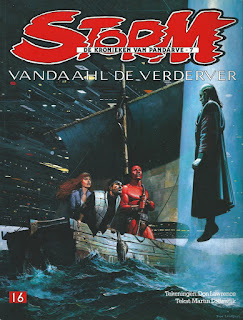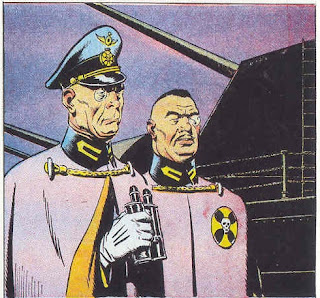Okay, it's highly likely, indeed probable, that I wouldn't have run any of these games regardless, but I did think about it. And then I thought about the impending doom of Google Plus. They are presented roughly in chronological order of conception:
Wild Wild West: Old West spy-fi like the 60s TV show. Well, inspired by the TV show, maybe with a bit more of a SHIELD type organization and the sort of villains that occasionally showed up in Marvel Western comics. I thought about using the much-maligned TSR Indiana Jones game for it.
Something Superhero: This was a less formed idea, but I had had a couple of ideas, one of which was running it in the world of the Armchair Planet Who's Who.
Vancian Talislanta: The works of Jack Vance were a huge influence on Talislanta, and the native system has its charm, but I thought it might be fun to give the first edition of the Dying Earth rpg a whirl at the more heroic Turjan level. Tweaking Talislanta to be a land of verbose rogues is probably only a slight shift, but a flavorful one.
Solar Trek: What started out as a thought experiment of a hard science fiction leaning version of Star Trek set within our Solar System got me sort of interested in seeing how that might actually come out in play.
Comic Strip/Serial Star Wars: Coming out of Solar Trek discussions was an idea for a "back to the roots" Star Wars, shorn of the 70s, and exhibiting its full Buck Rogers and Flash Gordon whiz bang glory. I suppose it has a stronger version of the old Star Wars problem: If you play the main characters the story is sort of known, but if you play other people in the universe, how do you keep them from being overshadowed, and in this case, how do you keep it seeming Star Wars like rather than just some pulp space thing.
1 hour ago


























































